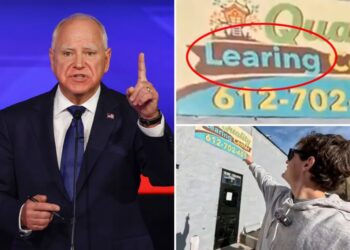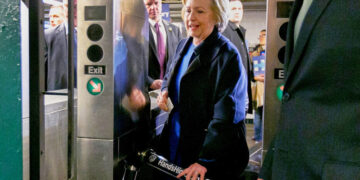Meet Jensen Huang, Nvidia’s founder and CEO
Nvidia founder and CEO Jensen Huang is the face of the company supplying chips to many of the companies in...
African millennials and Gen Z are quitting their big-city dreams to go make more money back on the farm
On a blazing afternoon in Senegal, 33-year-old farmer Filly Mangassa heaved peanut plants onto a horse-drawn cart, sending clouds of...
Tim Walz bragged about childcare business in Minnesota during 2024 VP debate before massive fraud scandal came to light
Minnesota governor Tim Walz bragged about making it easier for people to get into the childcare business during last year’s...
Clothes With Stories to Tell
Almost every week for the past 12 months, I have featured ensembles and brief interviews with the people wearing them...
‘He’s delusional’: Trump voters jump ship over key issue ahead of midterm elections
Voters who backed Donald Trump in the 2024 presidential election are jumping ship ahead of the midterms, and a crucial...
40 Most Anticipated TV Shows of 2026
2025 saw the TV industry find a leaner normal, with networks and streamers finding diamonds in a rougher, tighter terrain....
Nikki Bella, 42, fuels dating rumors with Eagles cornerback Cooper DeJean, 22, with telling outfit choice
The Nikki Bella and Cooper DeJean dating rumors are still going strong after the wrestler’s latest social media upload. The...
The weakest labor market since 2011 has BofA asking, ‘Dude, where’s my job?’
The weakest job market since 2011 is increasingly being framed not as a glitch, but as the new normal—one where...
The epidemic of toxic flattery is spreading
Michael S. Roth is president of Wesleyan University and the author of “Safe Enough Spaces: A Pragmatist’s Approach to Inclusion,...
Vermont Moths Were Caught on Camera Drinking Moose Tears
Moths are little freaks. They eat your clothes, are obsessed with light, and now, according to new research, drink moose...














